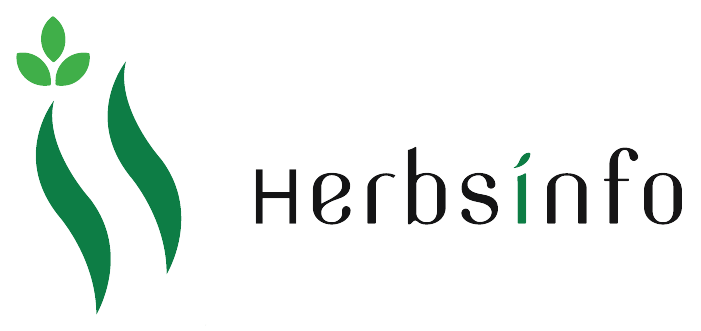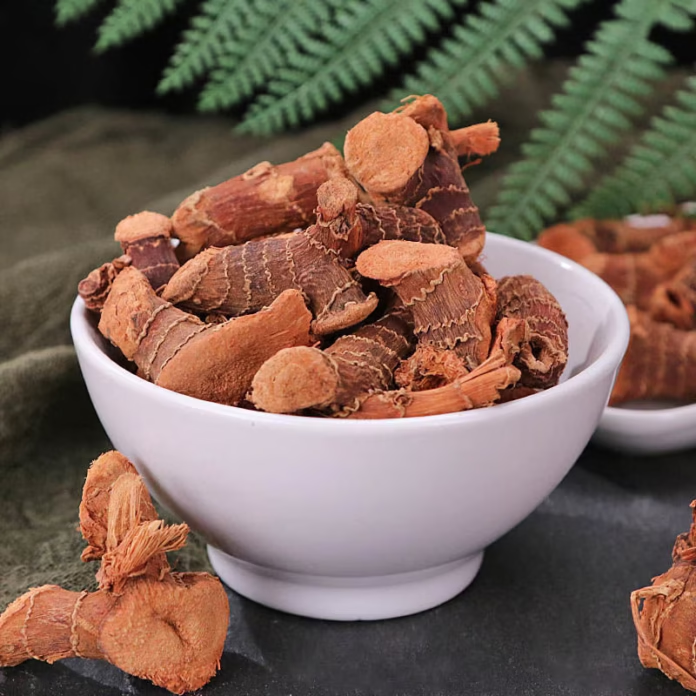INTRODUCTION:
Java galanga (Alpinia galanga), also known as greater galangal, is a tropical rhizomatous plant in the ginger family (Zingiberaceae), native to Southeast Asia, particularly Indonesia, where it is widely used in traditional cuisine and herbal medicine. It’s one of several plants commonly referred to as “galangal,” with others including Alpinia officinarum (lesser galangal) and Kaempferia galanga (aromatic ginger).
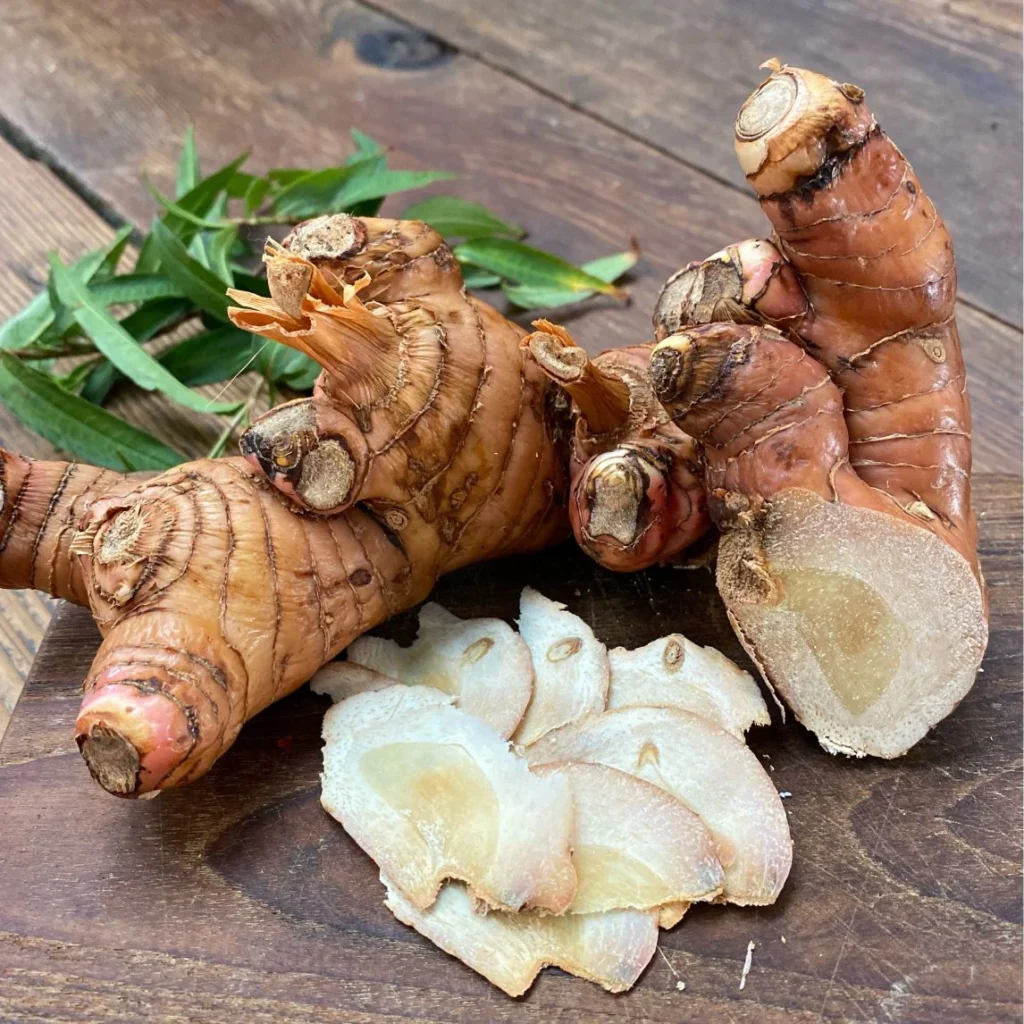
English: Java galanga, Greater galangal, Thai ginger
Urdu (اردو): خولنجان (Kholanjan)
Hindi (हिन्दी): कुलंजन (Kulanjan)
Bengali (বাংলা): কুলাঞ্জন (Kulanjan)
Tamil (தமிழ்): பெரரட்டை (Perarattai)
Telugu (తెలుగు): పెద్ద దుంపరస్త్రం (Pedda-dumparashtram)
Kannada (ಕನ್ನಡ): ಸುಗಂಧ ವಾಲ (Sugandha Vala)
Malayalam (മലയാളം): ചുവപ്പു കൊളംപുഴ (Chuvappu kolampuzha)
Arabic (العربية): خولنجان (Kholanjan)
HEALTH BENEFITS:

Antioxidant Properties:
The herb is rich in antioxidants, which help protect the body against oxidative stress and damage from free radicals.
This can contribute to overall health and well-being.
Potential Fertility Benefits:
Studies suggest that galangal may improve sperm count and motility in males.
It could potentially play a role in supporting male fertility.
Brain Health:
Galangal may have cognitive-enhancing effects and could support brain health.
It might help improve memory and focus.
Other Potential Benefits:
Java galangal may have anti-cancer properties, but more research is needed.
It could potentially help with respiratory issues like bronchitis and cough.
The herb may also be beneficial for oral health, potentially helping with mouth ulcers and bad breath.
Brain Health:
Galangal may help with brain function and potentially offer neuroprotective effects.
Digestive Health:
It has been traditionally used to aid digestion, reduce gas, and soothe stomach discomfort.
Respiratory Health:
Galangal may be beneficial for respiratory conditions like asthma and cough due to its bronchodilator and expectorant properties.
Antimicrobial Activity:
Galangal has shown antimicrobial activity against certain bacteria and fungi.
Pain Relief:
It may help relieve pain associated with rheumatism.

SIDE EFFECTS:
1. Gastrointestinal Irritation
Symptoms: Heartburn, acid reflux, upset stomach, or nausea
Cause: Strong, pungent oils can irritate the stomach lining, especially if taken on an empty stomach or in high doses
2. Allergic Reactions (Rare)
Symptoms: Rash, itching, swelling (especially of face or tongue), or difficulty breathing
Note: Individuals allergic to ginger or turmeric may also react to galanga
3. Dryness or Burning Sensation
Effect: Can cause a burning feeling in the mouth or throat
Tip: Always mix with water, tea, or food—avoid chewing raw rhizome in large amounts
4. Increased Bleeding Risk
Contains compounds that may mildly thin the blood
Risk: Can interact with blood thinners like warfarin, aspirin, or clopidogrel
Advice: Avoid before surgery or if you have a bleeding disorder
5. Pregnancy & Breastfeeding Concerns
Lack of safety data in high doses for pregnant or nursing women
Traditional advice: Avoid concentrated extracts unless prescribed by an herbalist or doctor
HOW TO USE:
1. Culinary Use (Food & Cooking)
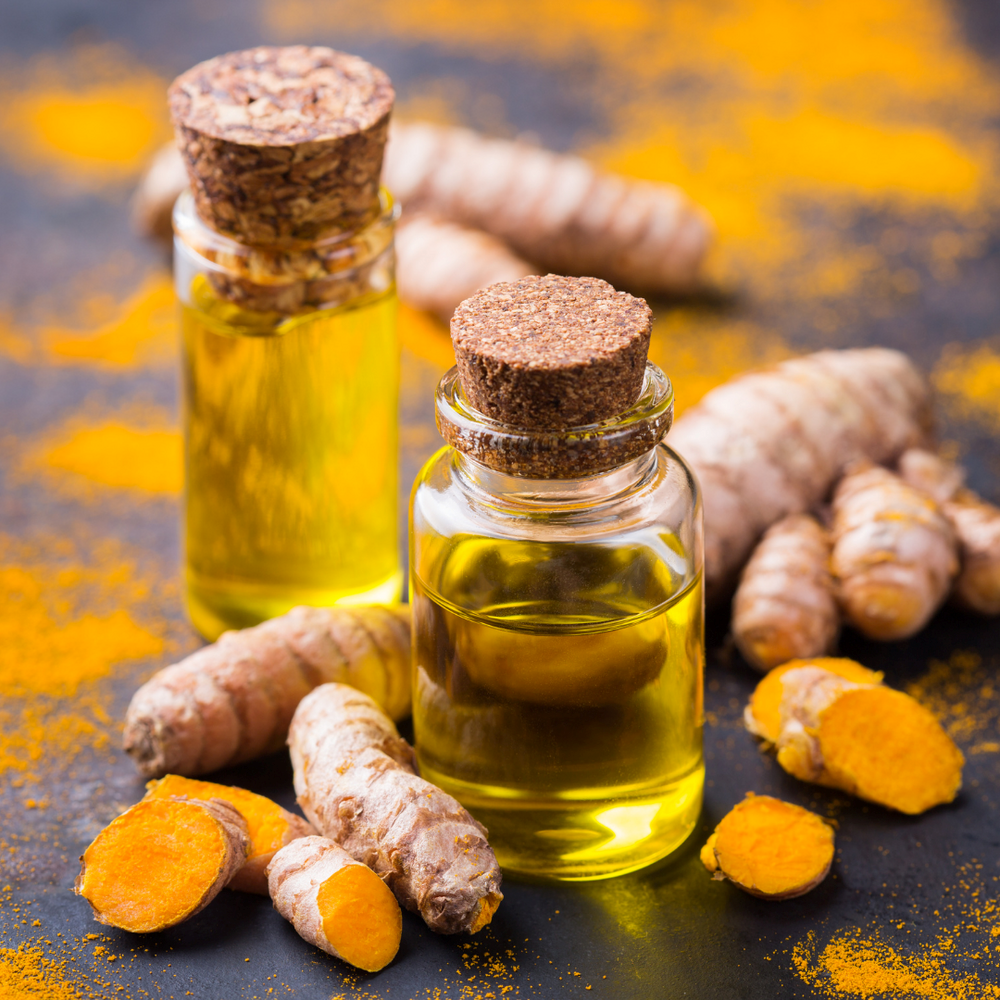
Java galanga is widely used in Southeast Asian cuisines for its warm, citrusy, peppery flavor.
In Soups & Curries
- Add sliced fresh galanga to Thai dishes like Tom Yum soup or Laksa.
- Use it like ginger: slice or crush the fresh root.
- Remove slices before serving (it’s very fibrous).
As Powder or Paste
- Use dried galanga powder in spice blends or curry pastes.
- Add ½ to 1 tsp per dish for flavor and health benefits.
Tip: Pairs well with lemongrass, garlic, chili, and turmeric.
2. Medicinal Use (Home Remedies)
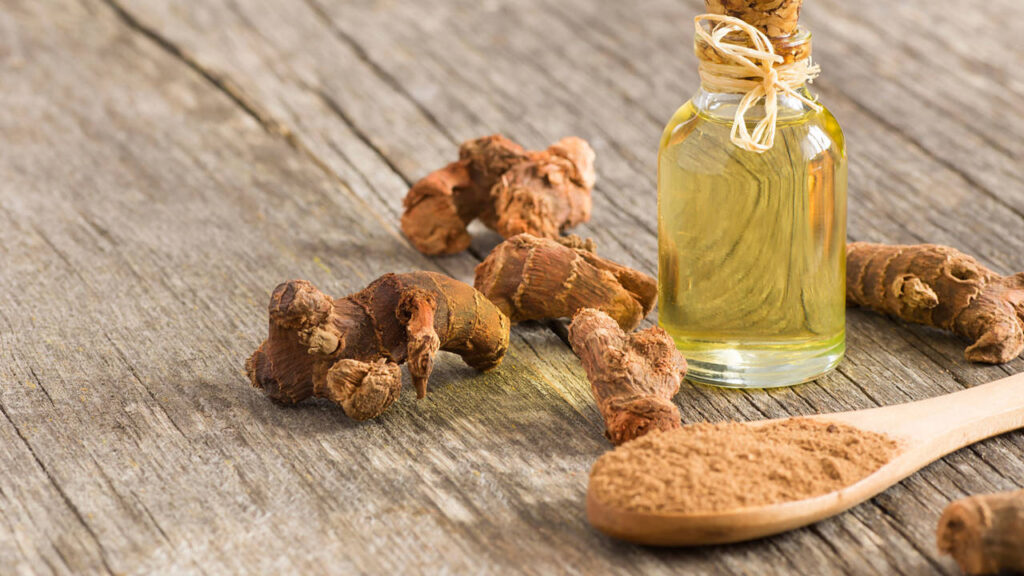
Galanga Herbal Tea
Ingredients:
- 1–2 thin slices of fresh galanga or ½ tsp dried powder
- 1 cup boiling water
- Optional: honey, lemon
How to prepare:
- Boil water and add galanga.
- Steep for 5–10 minutes.
- Strain and drink warm (1–2 times daily).
Uses: For sore throat, cough, indigestion, or general immunity.
Cold & Cough Remedy
- Boil galanga slices with ginger, black pepper, and honey.
- Drink 1–2 times daily to relieve mucus and throat irritation.
Digestive Tonic
- Mix ½ tsp galanga powder with warm water and lemon juice.
- Take before meals to stimulate digestion and reduce bloating.
Topical Paste for Pain
- Make a paste of fresh galanga with water or oil.
- Apply to sore joints or muscle pain (for mild relief).
3. Supplement Form (Capsules, Extracts)
If using commercial supplements:
- Follow the dosage on the label (usually 500–1000 mg/day).
- Choose trusted brands with pure Alpinia galanga extract.
Always consult a healthcare provider before starting supplements, especially if you are on medications.

